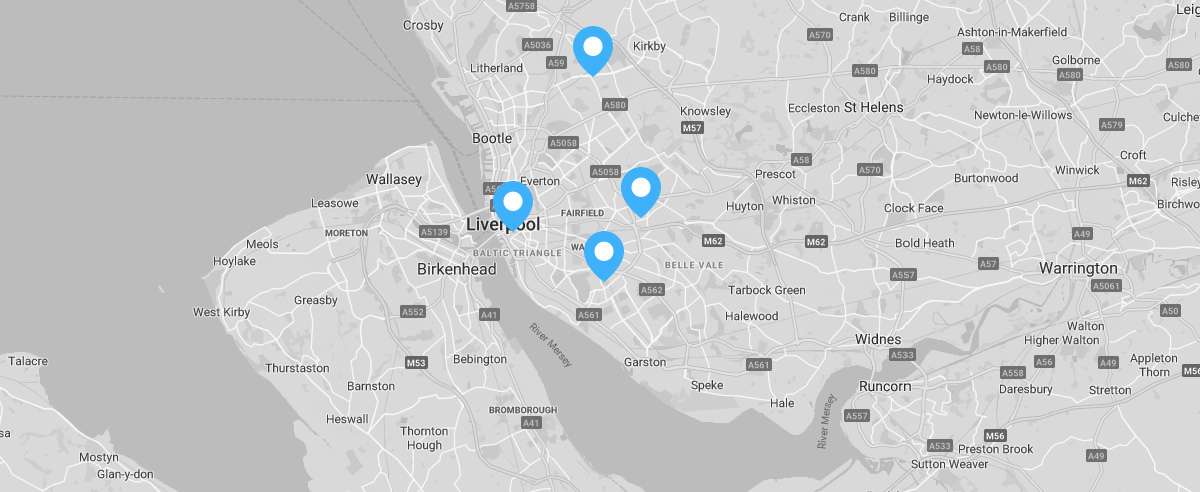What is Knee Fracture Surgery?
A knee fracture is a broken bone or a crack in or around the joint of the knee. This can involve the tibia (shin bone), the kneecap (patella), or femur (thighbone) where they connect with the knee.
Knee fracture surgery is a surgical procedure performed to correct the cracked or broken bones in or around the knee to restore normal anatomical function, stability, and motion.
Causes of Knee Fracture
Most knee fractures are caused by a direct hit to the knee. Other common causes of knee fractures include falls, car accidents, sports activities, or even severe muscle contractions in rare cases.
Symptoms of Knee Fractures
Some of the common symptoms of knee fractures include:
- Extreme pain
- Swelling
- Bruising
- Tenderness
- Unable to bend or straighten the knee
- Muscle spasms
- Crackling or popping sound on movement
- Unable to walk
Indications for Knee Fracture Surgery
Conservative measures such as casting or bracing can be used for knee fractures that are not displaced but severe fractures that are displaced will require surgery to repair the fracture with hardware such as screws and plates to ensure proper healing of the bones.
Diagnosing a Knee Fracture
To make an accurate diagnosis and recommend suitable treatment, your doctor will undertake the following measures:
- Review your signs and symptoms, medical history, and how the injury was sustained
- Physical examination to assess the range of motion, amount of swelling, disfigurement, and severity of pain
- Order certain diagnostic tests such as X-ray, CT scan, MRI scan, or bone scan
Surgical Treatment for Knee Fractures
Some of the common surgeries employed for treatment of a knee fracture include:
- Open Reduction and Internal Fixation of Patellar Fracture (broken kneecap): In this procedure, your surgeon will make a cut over the kneecap to look at the broken bone. Your surgeon will reassemble the pieces of the patella and fix them together with the use of screws or metal wires. This will help keep the bone in place while they heal and grow back together. Your surgeon will then close the cuts with staples or stitches.
- Osteotomy: This surgery is recommended if the damage sustained by the knee is limited to one section. During an osteotomy, your surgeon will reshape and reposition the bone to take the weight off the damaged part of the knee. Osteotomy is also performed to correct a broken knee that has not healed correctly.
- Total Joint Replacement: The knee is the most commonly replaced joint. In this procedure, both sides of your knee joint are replaced. The damaged or injured knee joints are detached and restored with a prosthesis on both sides restoring your knee alignment and function. Knee replacement is an option when irreparable joint damage intervenes with function and causes constant pain.
- Partial Knee Replacement: This surgery involves a small incision being made and only the damaged or worn-out section of the knee being removed and replaced with a prosthesis, leaving the healthy section of the knee untouched. This type of surgery is recommended when the cartilage loss is limited to a small portion of the knee joint.
- Arthroscopy: This is a minimally invasive knee surgery carried out by a flexible fibre-optic tube that contains a small lens or camera and a lighting system to magnify and illuminate structures inside a joint. The camera attached to the arthroscope shows the picture of the joint on a television screen allowing the surgeon to examine and correct the damaged area. Arthroscopy can be used to:
- Repair or remove a torn meniscus
- Remove inflamed synovial tissue
- Remove loose fragments or cartilage or bone
- Treat knee sepsis
- Trim damaged articular cartilage
- Treat kneecap problems
- Reconstruct torn ligaments
- Anterior Cruciate Ligament (ACL) Reconstruction: ACL tears are very common and are treated by restoring the torn ligament of the knee with a graft made of another tendon or ligament such as hamstring tendon, quadriceps tendon, or patellar tendon. This aids in stabilizing the knee and providing it with full range of motion.
Postoperative Care
Instructions as part of postoperative care would include:
- Use of medications and ice for pain relief
- Elevating the affected knee above chest position to reduce swelling
- Use of assistive devices such as crutches or wheelchair
- Getting up out of bed and walking while in crutches as mobility aids in faster healing
- Physical therapy to regain range of motion and muscle strength
- Specific instructions on care of the surgical site
- Adhering to follow-up appointments to monitor the healing process
Risks and Complications of Knee Fracture Surgery
As with any surgery, some of the potential risks and complications of knee fracture surgery may include:
- Bleeding
- Infection
- Anaesthetic reactions such as fever, nausea, or allergic reaction
- Blood clots or deep venous thrombosis
- Damage to nerves and blood vessels
- Stiffness or instability of the joint
- Failure to heal properly
- Need for repeat surgery
Other Knee Procedures











